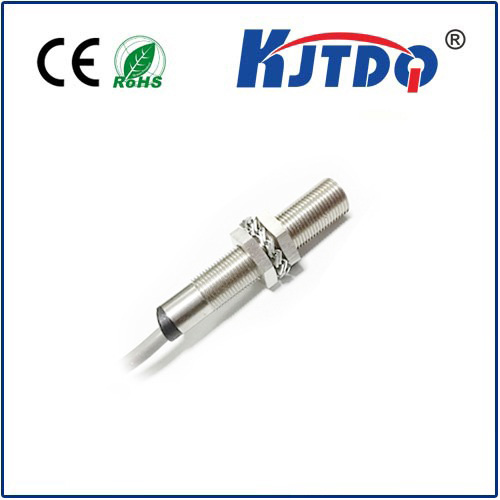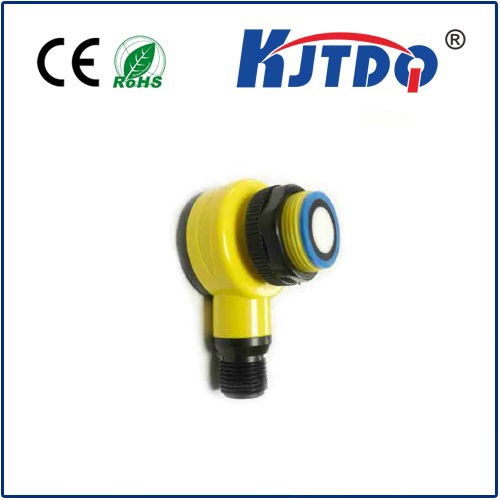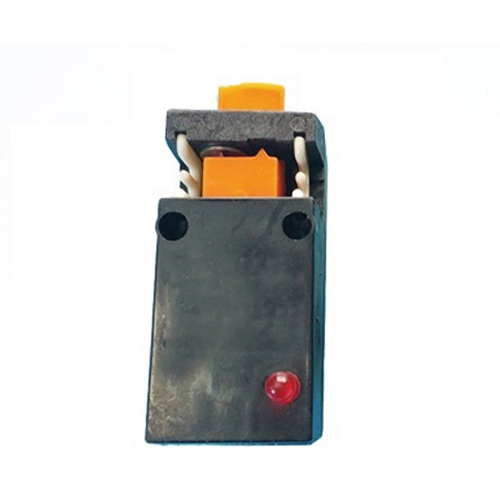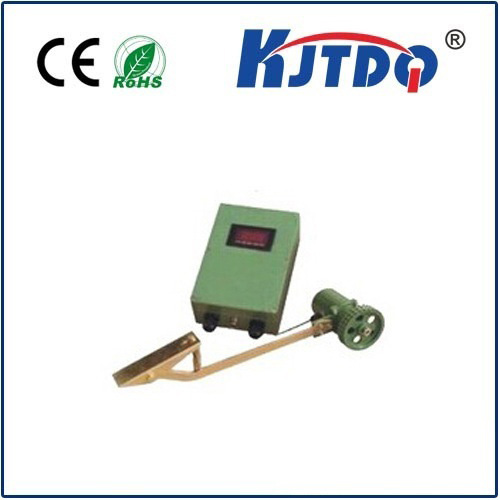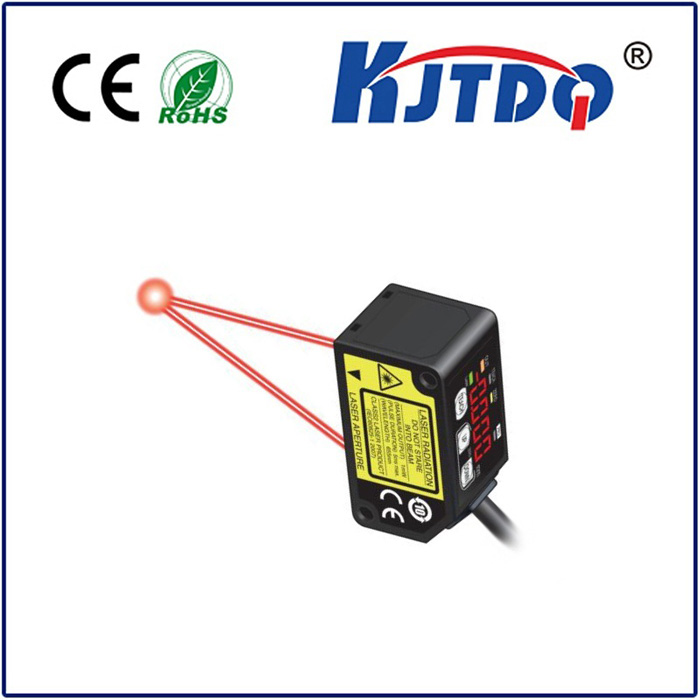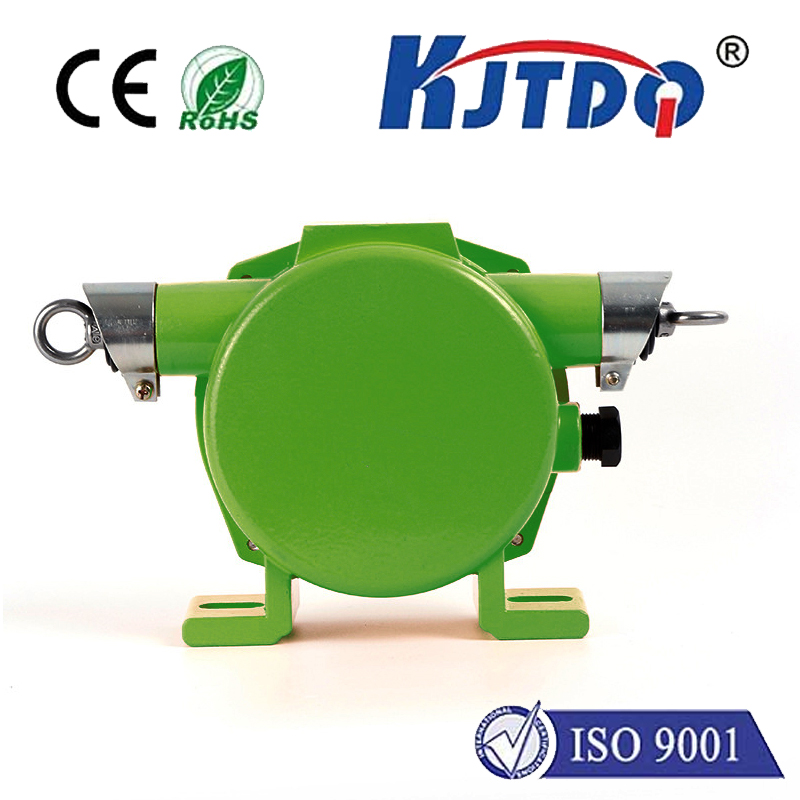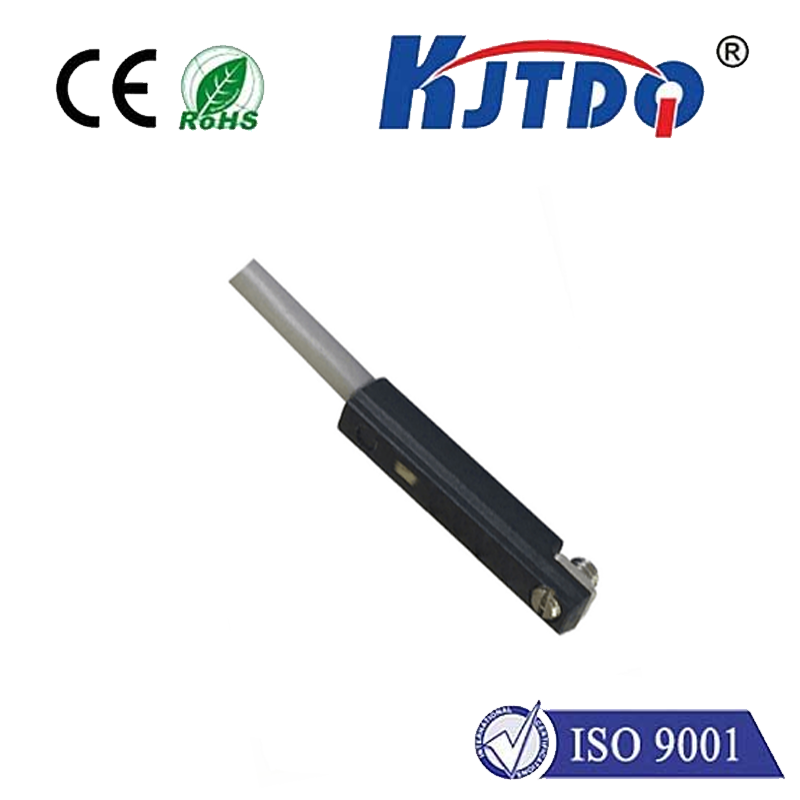Фотоэлектрический переключатель
- time:2025-07-23 11:38:20
- Нажмите:0
Photoelectric Switches: The Invisible Guardians of Modern Automation
Imagine a factory assembly line humming with activity. Products zip along conveyors, robotic arms move with precision, and packaging machines seal boxes at lightning speed. What invisible sentinel ensures bottles are upright before filling, boxes are present before labeling, or hands are safely clear of a dangerous machine? The answer lies in a remarkably versatile and reliable component: the Фотоэлектрический переключатель. These unsung heroes of industrial automation and countless other applications detect, count, position, and classify objects – all using the power of light.
Beyond the Ordinary Switch: Sensing with Light
Unlike a traditional mechanical switch that requires physical contact, a Фотоэлектрический датчик operates on a non-contact principle. At its heart is a simple yet ingenious concept: it emits a beam of light (typically infrared, visible red, or laser) and then monitors for changes in that light beam. When an object interrupts or reflects this beam in a specific way, the switch triggers an electrical signal. This fundamental characteristic – non-contact detection – unlocks a world of possibilities where physical touch is impractical, impossible, or undesirable due to wear, contamination, or potential damage.
Operational Principles: Seeing the Light (Changes)

Photoelectric switches deploy three primary sensing methods, each suited to specific challenges:
- Through-Beam (Opposed Mode): This robust configuration uses separate emitter and receiver units, positioned directly opposite each other. The emitter constantly sends a light beam to the receiver. Detection occurs when an object physically breaks this beam, causing the receiver to lose the light signal. Benefits: Longest sensing ranges (often many meters), highest immunity to object color or surface finish. Drawbacks: Requires wiring and mounting on both sides of the application.
- Retroreflective (Reflex Mode): Here, the emitter and receiver are housed together in a single unit. A specialized reflector, typically a prism or tape, is mounted opposite the sensor. The sensor emits light which bounces off the reflector and returns to the receiver. Detection occurs when an object interrupts the light beam traveling to or from the reflector. Benefits: Simpler installation than Through-Beam (only one side wiring), good sensing range. Key Consideration: Requires a reflector, and highly reflective objects might cause false triggers.
- Diffuse (Proximity Mode): Also combining emitter and receiver in one housing, the diffuse-reflective photoelectric switch relies on the target object itself to reflect light back to the receiver. The sensor emits light and waits for sufficient light reflected from the object to return. Detection depends on the object’s reflectivity and distance. Benefits: Simplest installation - only one unit required, detects objects without needing a separate reflector. Задачи: Sensing range is shorter than other methods, performance heavily influenced by object color, surface texture, and background conditions. Modern background suppression and foreground suppression variants improve reliability by focusing detection at specific distances.
Where Photoelectric Sensors Shine: Versatile Applications
The capabilities of photoelectric switches make them indispensable across diverse sectors:
- Manufacturing & Assembly: Object detection on conveyors for counting, triggering processes, or jam detection. Verifying part presence, orientation, or height in assembly machines. Ensuring precise positioning for robotic arms. Detecting labels, caps, or fill levels on bottles.
- Packaging & Material Handling: Controlling filling levels, detecting open flaps on boxes, confirming case sealing, tracking packages on sorters, and signaling pallet presence. Ensuring product integrity throughout the logistics chain.
- Food & Beverage: Hygienic, non-contact detection is critical here. Monitoring fill levels in containers, detecting labels on jars, verifying cap presence, and checking for missing products in trays – all without contaminating the process. Stainless steel housings and washdown ratings are common.
- Automotive: Used extensively in production lines for component verification, weld nut detection, robot guidance, door and window positioning checks, and safety guarding systems.
- Building Automation & Security: Through-beam sensors safeguard garage doors, gates, and elevator doors from closing on obstructions. Diffuse sensors manage lighting control in rooms, detect occupancy, or trigger security alarms on entry points.
- Warehousing & Logistics: Guiding AGVs (Automated Guided Vehicles), detecting objects on shelves (for inventory management systems), triggering barcode scanners, and ensuring pallet stability.
Selecting the Right Photoelectric Sensor: Key Considerations
Choosing the optimal photoelectric switch involves evaluating several factors:
- Sensing Range: How far away does the object need to be detected?
- Object Characteristics: What are the object’s size, color, surface finish (matte, glossy, transparent), and potential reflectivity?
- Required Sensing Mode: Does the application allow for Through-Beam mounting? Is a reflector practical? Or is Diffuse sensing sufficient?
- Environmental Conditions: Will the sensor face dust, moisture, fog, vibrations, extreme temperatures, or corrosive chemicals? Look for appropriate IP (Ingress Protection) ratings (e.g., IP67, IP69K) and robust housing materials.
- Output Type: Does your control system require a standard NPN or PNP transistor switch output, or an analog signal representing distance? Relay outputs are also available.
- Response Time: How quickly must the sensor react to the object’s presence? Crucial for high-speed applications.
- Electrical Requirements: Input voltage range and current consumption.
- Special Features: Background suppression (BGS), foreground suppression (FGS), powerful beam indicators for alignment, IO-Link communication, or time-of-flight (ToF) distance measurement capabilities might be needed.
The Enduring Advantages: Reliability, Efficiency, Flexibility
Photoelectric switches offer compelling benefits that cement their place in automation:
- Non-Contact Sensing: Eliminates wear and tear, avoids product marking or damage, ideal for delicate objects.
- High Speed & Reliability: Capable of detecting objects moving at very high speeds with consistent accuracy. Minimizes downtime.
- Long Sensing Ranges: Through-beam sensors can detect objects over significant distances.
- Многогранность: A wide range of models caters to countless object types and challenging environments (dust, moisture, temperature extremes).
- Cost-Effectiveness: Relatively affordable sensing solutions with a long operational life, offering excellent return on investment.
- Flexible Outputs: Easily interface with PLCs, controllers, relays, and other industrial equipment.
From ensuring the seamless operation of complex production lines to safeguarding our garage doors, photoelectric switches are fundamental building blocks of an automated world. Understanding their principles, types, and application needs empowers engineers and technicians to select the ideal sensor, enhancing efficiency, safety, and productivity across countless industries. Their quiet vigilance, using nothing but light, truly makes them the invisible guardians of modern automation.

